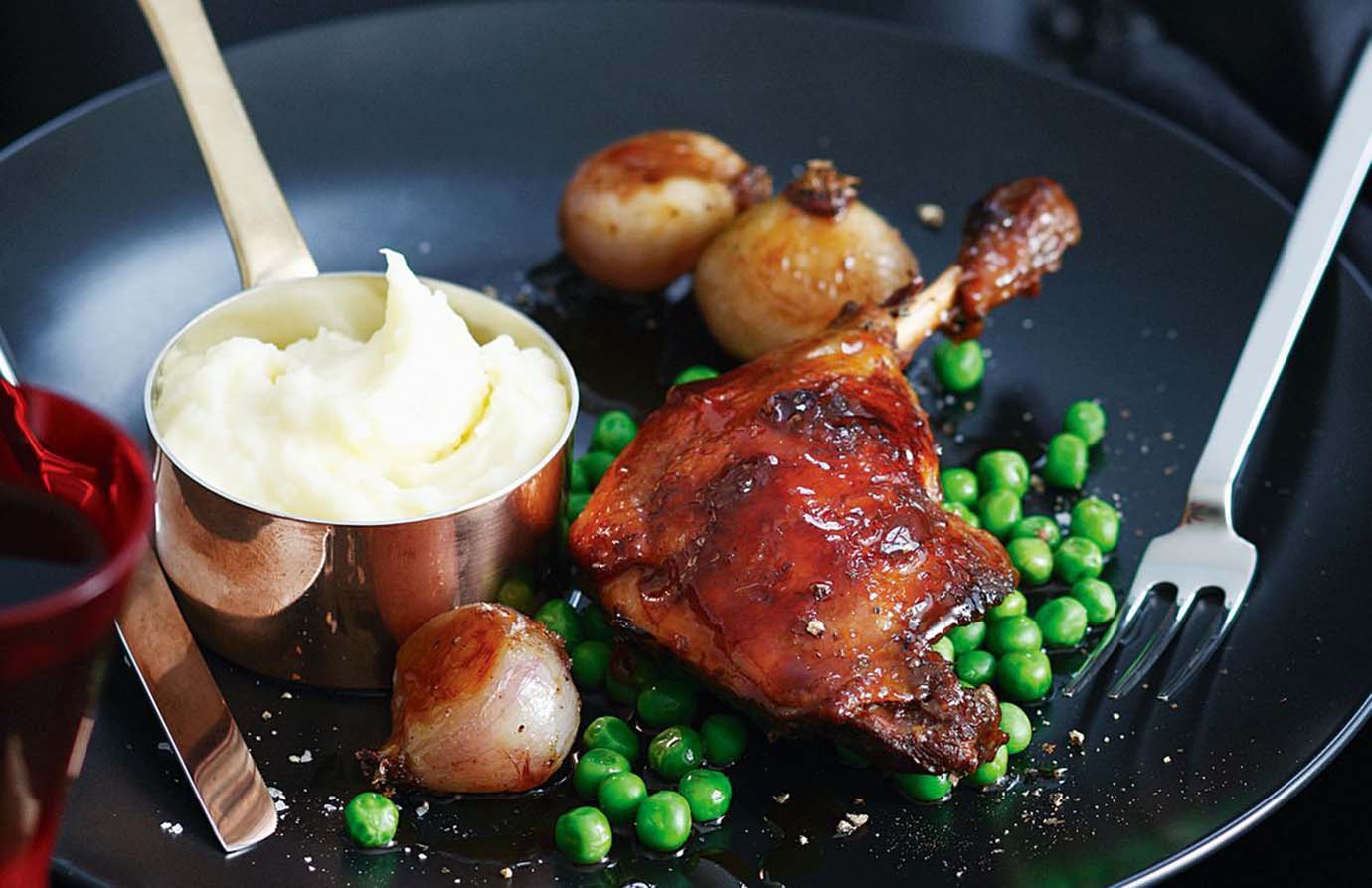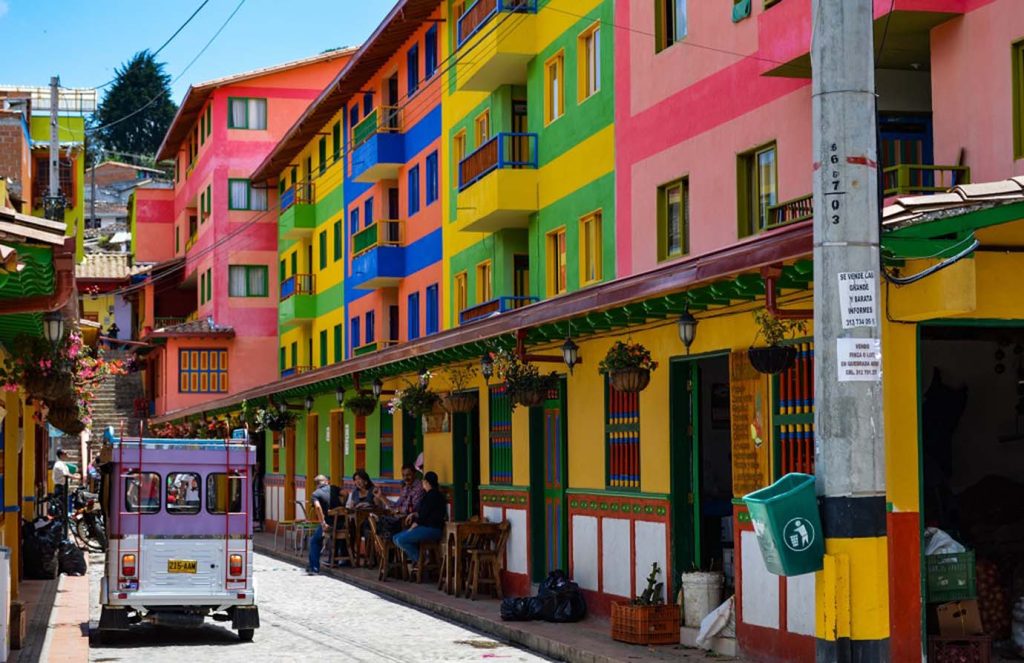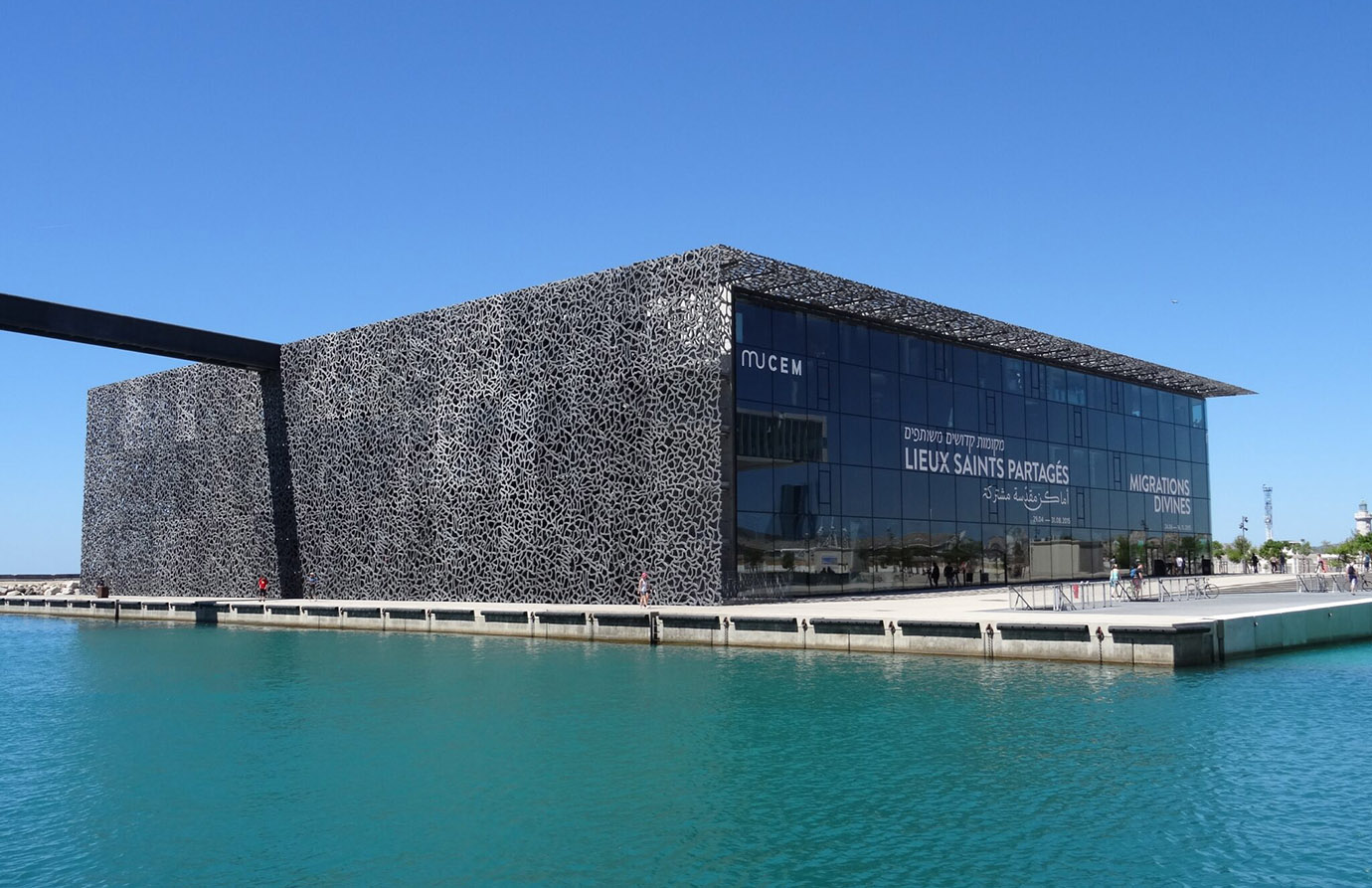The first time I stepped into Montauban, I was instantly drawn in by the rich atmosphere at the morning market—an intoxicating blend of earthy scents and the freshness of seasonal ingredients. The air was filled with the aromas of vegetables, fragrant cheeses, and the sweet warmth of just-baked bread. The hustle and bustle of the crowd and the lively chatter suddenly awakened this medieval city. I decided to embrace a slow travel rhythm to savor every detail here: exploring the markets, discovering local cuisine, talking to locals, and experiencing the most authentic side of everyday life.
1. The First Light of the Morning Market: Where History Meets Daily Life
The Ritual of an Early Departure
I usually left my accommodation around 6:30 a.m., strolling ten minutes along cobbled streets to Montauban’s central square. The air in the early morning was crisp, with only a few bakeries just opening their doors. As I pushed open a wooden door, I was greeted by the steam of freshly baked baguettes and croissants—it immediately swept away the chill of the night.
The Dedication and Warmth of Local Vendors
The stalls brimmed with seasonal produce: bright green peas, ruby-red tomatoes, homemade sausages, and a variety of hard cheeses. The vendors, always smiling, were quick to offer the freshest picks even if I only wanted two tomatoes. They made me feel like an old friend every time.
A Market Rooted in Centuries of Tradition
Since the Middle Ages, Montauban has been a proud bastion of Occitan trade. Its market culture has survived through generations. Wide arcades, small chapels, and red brick buildings—all tell stories of centuries of exchanges. Walking through them, I felt as though I was stepping along the very heartbeat of the town’s history.
Hidden Gems Beyond the Market
Around the market, countless treasures awaited discovery: secondhand bookshops, artisanal craft stores, and minimalist cafés. I often stepped into a local olive oil boutique to taste a few drops of oil with fruity notes, then wandered into a neighboring antique store. The aged copperware, faded photos, and old ceramic dishes stirred my imagination about the lives of those who once used them.
2. A Midday Journey for the Taste Buds: Local Restaurants and Select Snacks
A Menu that Honors Tradition
After leaving the market, I usually chose a small restaurant in the town center. The menu didn’t boast fancy French terms, but it centered on regional ingredients: duck from Tarn, aged cheeses, handmade sausages, and wild mushrooms foraged from nearby hills. With the chef’s creativity, these ingredients were transformed into stews, salads, or grilled platters—each dish a surprise that honored both flavor and craftsmanship.
Local Specialties Worth Mentioning
I once tried “Duck Leg Stewed with Plums.” The sauce was perfectly sweet and tangy, the duck skin crispy, the meat tender, and the mashed potatoes as smooth as velvet. The chef explained that the dish was inspired by home-style cooking, with plum preserves passed down through generations.
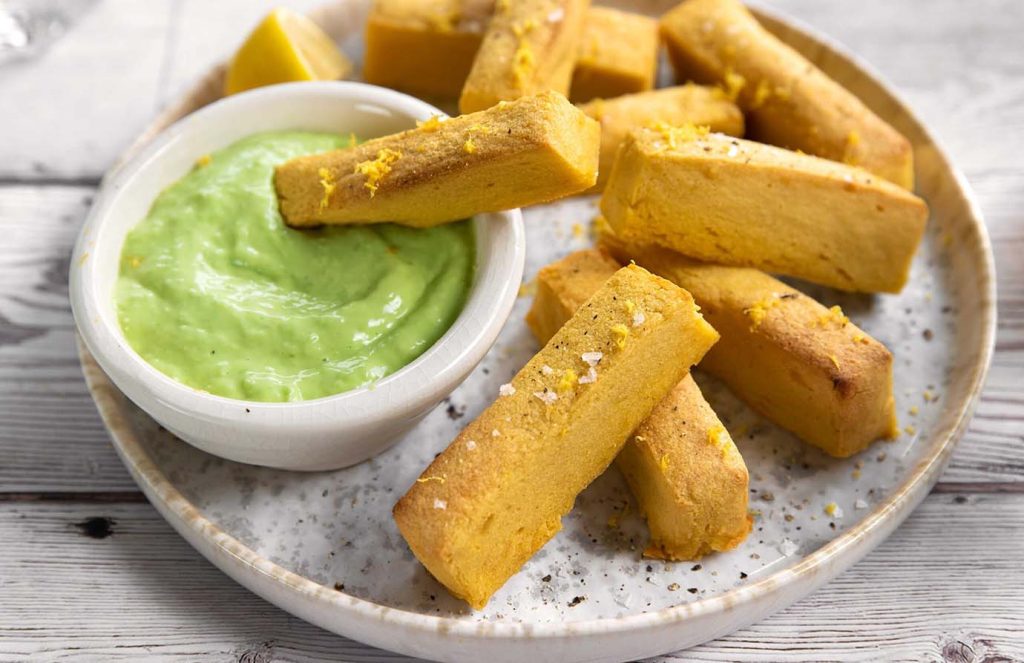
For dessert, I often chose a “Caramel Walnut Tart”—a crisp crust filled with warm caramel that gently melted into crunchy walnut bits. It paired beautifully with coffee or a splash of orange liqueur.
Snacks and Spontaneous Street-Café Moments
If I felt too lazy for a sit-down lunch, I grabbed a few croissants from a street stall near the market and paired them with an iced hand-crafted coffee while walking along the Tarn River. Sometimes I’d go for traditional panisse—round chickpea fritters deep-fried to golden perfection, crisp on the outside, soft within. Served with salt and lemon, they were refreshingly satisfying.
3. Evening Strolls: Riverside Sips and Urban Discoveries
Twilight by the Tarn River
Evenings at the Tarn were always soft and serene. The street lamps cast a warm orange glow over the water’s surface. I often brought a bottle of local red wine—Campêche or Gaillac—and found a bench to sit on. A few slices of regional cheese completed the moment. As the air cooled, a deeper tranquility set in, wrapping the riverside in gentle silence.
Night Markets and Interactions with the Dark
On weekends, the old town square transformed into a lively night market. Lanterns, candlelight, and handmade stalls filled the space. Live music flowed from nearby cafés. I strolled from stall to stall, tasting everything: spiced kebabs, grilled mushroom skewers, even corn fritters. The vibe was both festive and intimate, and the boundaries between strangers seemed to vanish.
Sampling Local-Inspired Cocktails
Before heading back to my hotel, I usually stopped by a chic little bar. There, I’d order a Lillet Vichy or a cocktail infused with local Cognac. Served with a small plate of olives or cheese slices, and accompanied by jazz tunes, I experienced yet another layer of Montauban’s refined nightscape.
4. From Market to Kitchen: Every Flavor Tells a Story
Grocery Shopping as a Philosophy of Life
After spending days in Montauban, I became familiar with the stallholders’ rhythms. The elderly man selling foie gras and duck breasts always wore a worn-out beret and explained each cut’s taste patiently. The woman at the cheese stall encouraged me to sample fresh goat’s cheese and blue cheese, teaching me how to pair them with grapes and nuts.
Once, she gave me a small piece of homemade Rocamadour cheese—intensely creamy, melting like butter in my mouth. I asked her where it came from. She pointed to a hill across the Tarn River—it was from her family’s farm. That cheese wasn’t just food; it was a product of daily care and handcraft, imbued with the warmth of life itself.
The Cultural Code Behind Ingredients
It wasn’t just the cheese. Tomatoes came in every color and shape: black, green, tiger-striped—each variety passed down through generations. One vendor showed me a string of dried peppers and explained it was piment d’Espelette, a Basque spice that once replaced black pepper. A couple selling olives and preserved orange peel told me their recipes came from North Africa, merging beautifully with southern French flavors.
Every conversation deepened my understanding of Montauban’s culinary soul. Here, food is not just flavor—it’s identity and continuity.
5. Stepping Into the Kitchen: Sharing a Meal with Locals
An Unexpected Invitation
One morning, while chatting with a middle-aged woman at the market, she learned about my interest in rural French cuisine and invited me to her home that afternoon to cook a traditional dish. I was surprised—and a little flattered—but gratefully accepted.
Her house was near a vineyard on the edge of town, with stone walls and lavender gardens, just like a postcard. Her kitchen was warm and spacious, filled with copper pots and bundles of drying herbs. A rich aroma of garlic and stewed meat lingered in the air.
The Slow Pace of a Country Stew
We made a dish called Cassoulet—a white bean stew with homemade sausage, smoked duck legs, and local large white beans. She told me this was a “dish of time,” requiring at least three hours of slow cooking, with careful stirring and water additions to prevent burning.
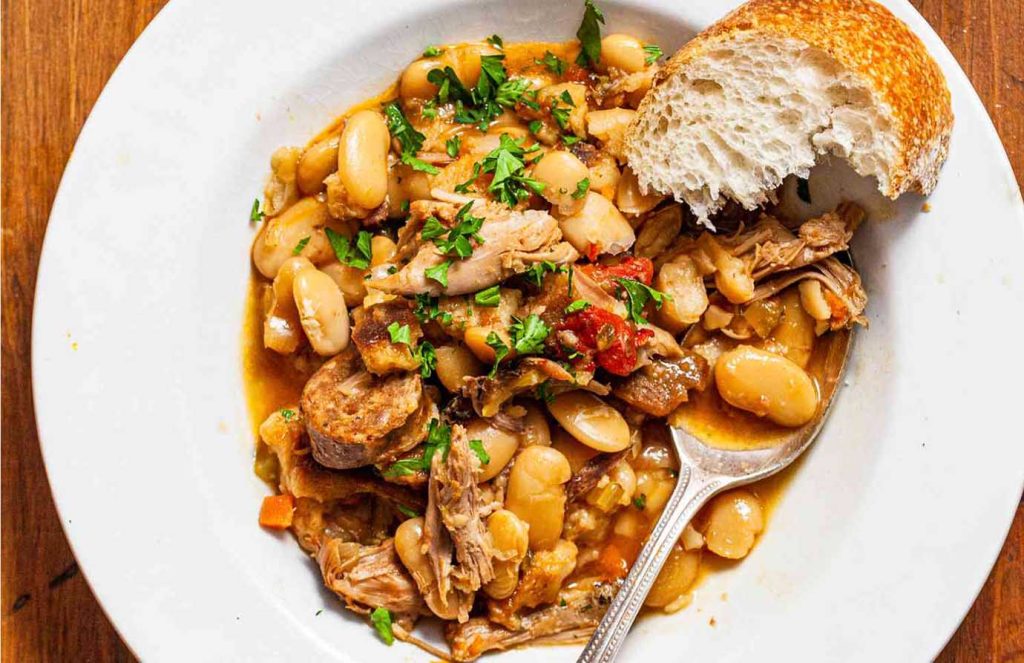
She used an old-fashioned cast-iron pot. When she lifted the lid, the steam carried layers of deep, savory fragrance. I felt as though I had stepped into a French family’s dining room from decades past.
We talked as we cooked—from her childhood games among grapevines to her grandmother’s version of the recipe. Her stories reflected a life deeply connected to the land.
The Warmth of a Shared Meal
At dinner, her husband and two children joined us. The table was set outdoors under grapevines, with homemade wine, sides, and fresh bread. The stars shone down, and the children laughed in French I could barely follow—but I understood the warmth perfectly.
Her husband said, “We welcome visitors, but we love those who slow down enough to truly know our lives.” I raised my glass to them, and to the beauty of this gentle hospitality.
6. The Rhythm of a Town: The True Meaning of Slow Travel
Time Isn’t Meant to Be Chased
I once believed that travel meant constant motion, but in Montauban, I learned something deeper: time isn’t meant to be chased, but to be felt. I no longer rushed to photograph or check off places. Instead, I was happy to sit an hour on a street just to wait for a bakery to finish baking a fresh fig tart.
I enjoyed browsing secondhand cookbooks at a local bookstore, watching old fishermen pull in their nets by the river, students running home from school, and elderly people carrying fresh bread slowly down the lane. The pace here wasn’t about “efficiency,” but about “abundance.”
The Soul Behind the City
Montauban isn’t large, but it offers a rare sense of completeness. It may lack the glamour of Paris or the buzz of Provence, but it feels like a serene elder—wise, calm, and honest. Through every bite of food, every conversation, and every narrow alley, it whispered to me: the essence of travel isn’t how far you go, but how deeply you live.
